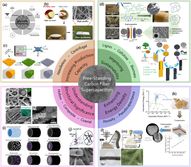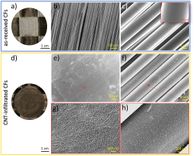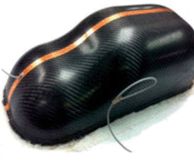BibTex format
@article{Senokos:2023:10.1002/adfm.202212697,
author = {Senokos, E and Anthony, DB and Rubio, N and Ribadeneyra, MC and Greenhalgh, ES and Shaffer, MSP},
doi = {10.1002/adfm.202212697},
journal = {Advanced Functional Materials},
pages = {1--11},
title = {Robust singlewalled carbon nanotubeinfiltrated carbon fiber electrodes for structural supercapacitors: from reductive dissolution to high performance devices},
url = {http://dx.doi.org/10.1002/adfm.202212697},
volume = {33},
year = {2023}
}






